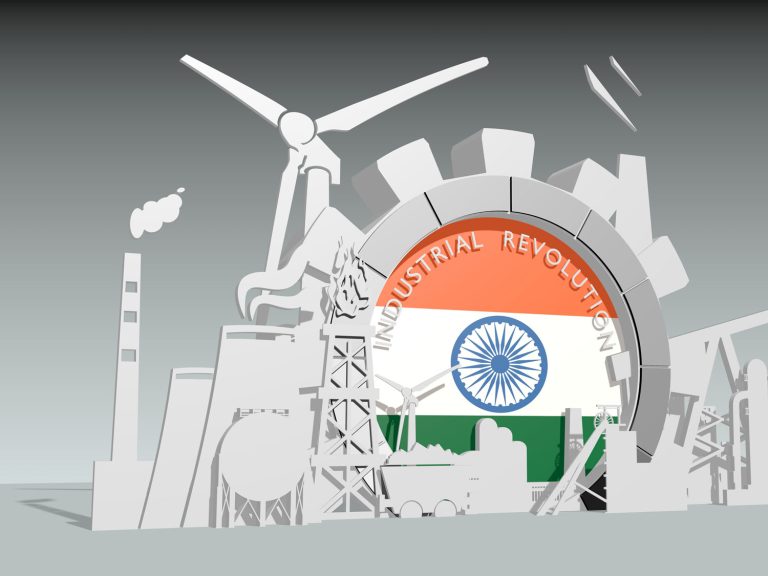
Date:
India exporters face more challenges
Shipping lines are imposing surcharges and raising freight rates as capacity from India to Europe, North America and The Rest of The World tightens. Indicative of why this is, can be seen with exports to the US up 13% and significant ocean network changes expected on the India-North America trade lanes.
With demand strong and vessel capacity tightening – not helped by port congestion – Indian shippers face additional surcharges to secure confirmed bookings.
Rate increases
One carrier is charging an equipment imbalance surcharge (EIS) of $300 per container, while another leading carrier is imposing an emergency space surcharge (ESS) of $500 per container from 1st July, with other carriers expected to follow suit.
This looks to be a consequence of the Far East challenges, now impacting a wider spread of manufacturing regions across Asia.
As capacity problems grow and carriers are already able to fill most vessels through to the end of July and into August, freight rates are also moving significantly higher, with one carrier imposing a hefty increase of its freight-all-kinds (FAK) rates through July, with prices likely to mirror the elevated levels seen at the beginning of the year.
The India-US trades have also seen a stream of general rate increases and peak season surcharge (PSS) announcements, ranging from $500 to $2,400 per container and with service cuts to try and support “schedule recovery” capacity will get tighter still. This is without the current week’s spot rates, which are at even higher rates into the US and Europe and still rising.
Disruption
Vessel delays have been easing at key gateways in North and Southeast Asia, including Singapore, Ningbo, Qingdao and Klang in Malaysia and equipment availability is improving, but congestion is spreading to India.
India’s largest container gateway, Mundra, is hugely congested, which is affecting quay operations and the movement of containers between CFSs and terminals, with some carriers skipping the port to enable vessels to return to Asia faster.
About 50% of Mundra’s traffic moves by rail, but backlogs for railed freight have increased from the normal 7 to 9 days to 15 to 20 days, while a new process of issuing port entry permits appears to be a major source of frustration, with truckers facing longer waits to move containers in and out terminals due to their inability to secure entry permits promptly.
India to US
India and the United States last week committed to address barriers to trade, technology and industrial cooperation, in a bid to boost bilateral trade from the current $200 billion annually, to $500 billion in the coming years.
Ocean Network Express (ONE) injected additional capacity into the India-USEC trade lane last month via a standalone loop known as WIN and given that the India to US market is forecasted to keep growing, we would expect to see more container shipping service expansions, including upsizing in different forms.
Hapag-Lloyd is withdrawing from the Indamex service that it has operated in conjunction with CMA CGM for decades and from early August is launches a standalone service (TPI) on the route, which will rotate Port Qasim (Pakistan), Nhava Sheva and Mundra, and then New York, Norfolk, Savannah and Charleston before returning to Port Qasim.
CMA CGM is launching a revamped India-USEC routing, with additional stops at Savannah and Charleston, providing a 77-day round-trip via the Cape of Good Hope.
The changes unfolding on Indian trades may be setting the scene for the Gemini Cooperation alliance between Maersk and Hapag-Lloyd, starting early next year.
CMA CGM and Hapag-Lloyd have other ongoing joint service arrangements on trades out of India, either on a vessel or slot-sharing basis and it remains to be seen if and how those services will be repositioned.
Our commercial and operations teams work closely with our partners across India and the United States, processing air, ocean and sea/air shipments.
If you have any questions, rate requests or would like any further information on our capability in either country, please EMAIL our Chief Commercial Officer, Andy Smith.
